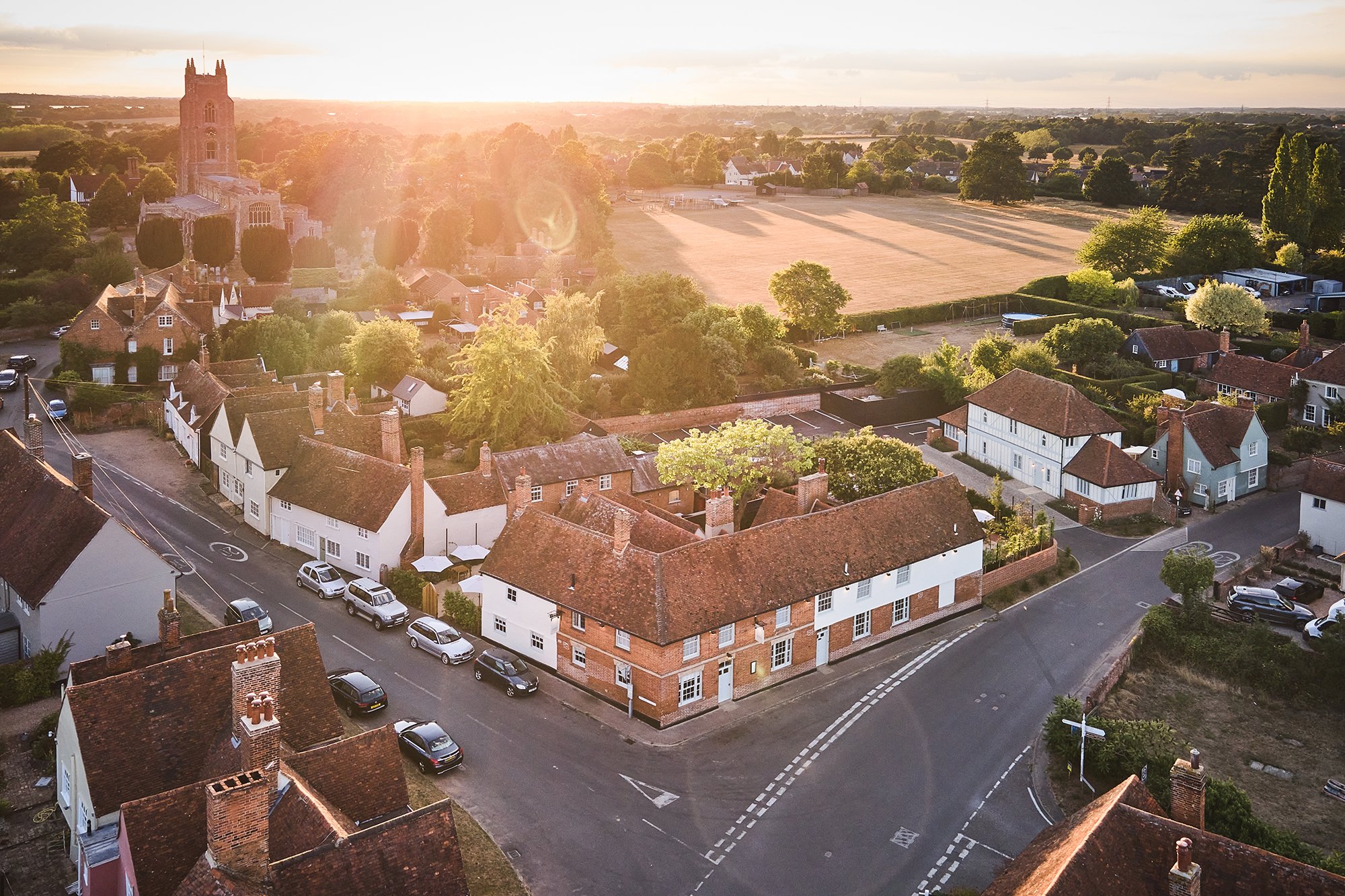History
The history of The Angel Inn goes back well over five hundred years. The Angel Inn is wonderfully preserved and restored and offers a rare opportunity to experience and enjoy a stunning historic building with exceptional food and service.
The village of Stoke-by-Nayland is first recorded in 946 when an Anglo Saxon earl endowed land in the village, most likely for a monastic community.
The Angel Inn was part of the Tendring estate in the manor of Stoke for many centuries. William de Tendring received a grant to hold a fair and market here in 1303 and the Tendring family held the land for over a century before it passed to the Lords Windsor and the heir of the Duke of Norfolk.
The Angel Inn has occupied its present location for many centuries. The Inn became an important stopping point on the road between Colchester and Ipswich and continued to develop as a coaching inn.
Parts of the building date from the fifteenth century with much of the current building being from the Tudor and Elizabethan periods with its characteristic timber beams and many period features.
In the late eighteenth and early nineteenth century, one of Suffolk's most famous figures, the artist John Constable, lived and worked only a few miles down the road in East Bergholt. He drew and painted in Stoke-by-Nayland including a number of works depicting St Mary's Church, Stoke-by-Nayland. Constable loved the impressive bell tower of St Mary's and he drew and painted it on a number of occasions as shown in these images.
It is believed Constable visited The Angel Inn on several occasions when making these sketches and paintings.
Today, Constable gives his name to the beautiful countryside of the Dedham vale which surrounds The Angel Inn nestled, as it is, in the heart of Constable Country.



